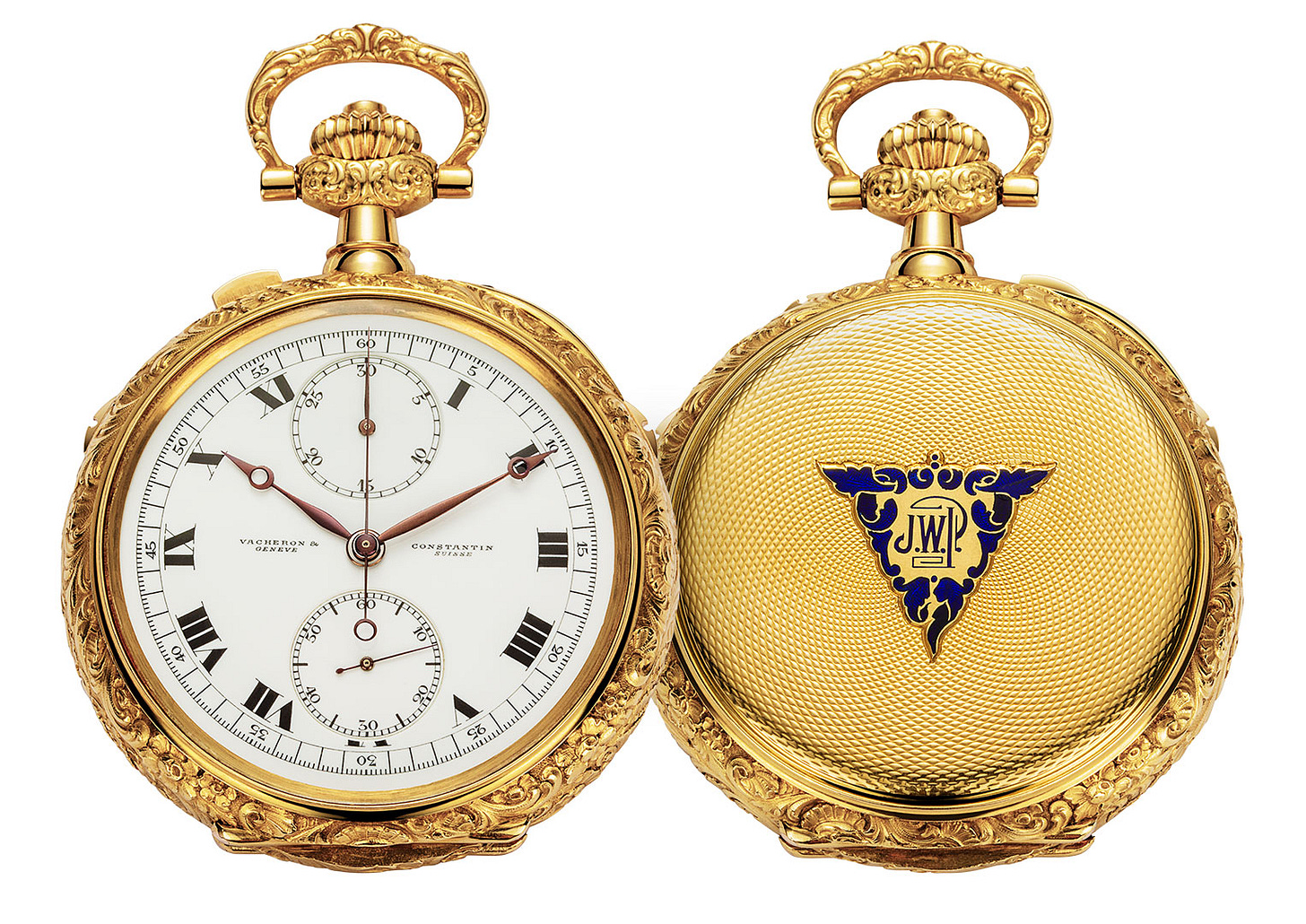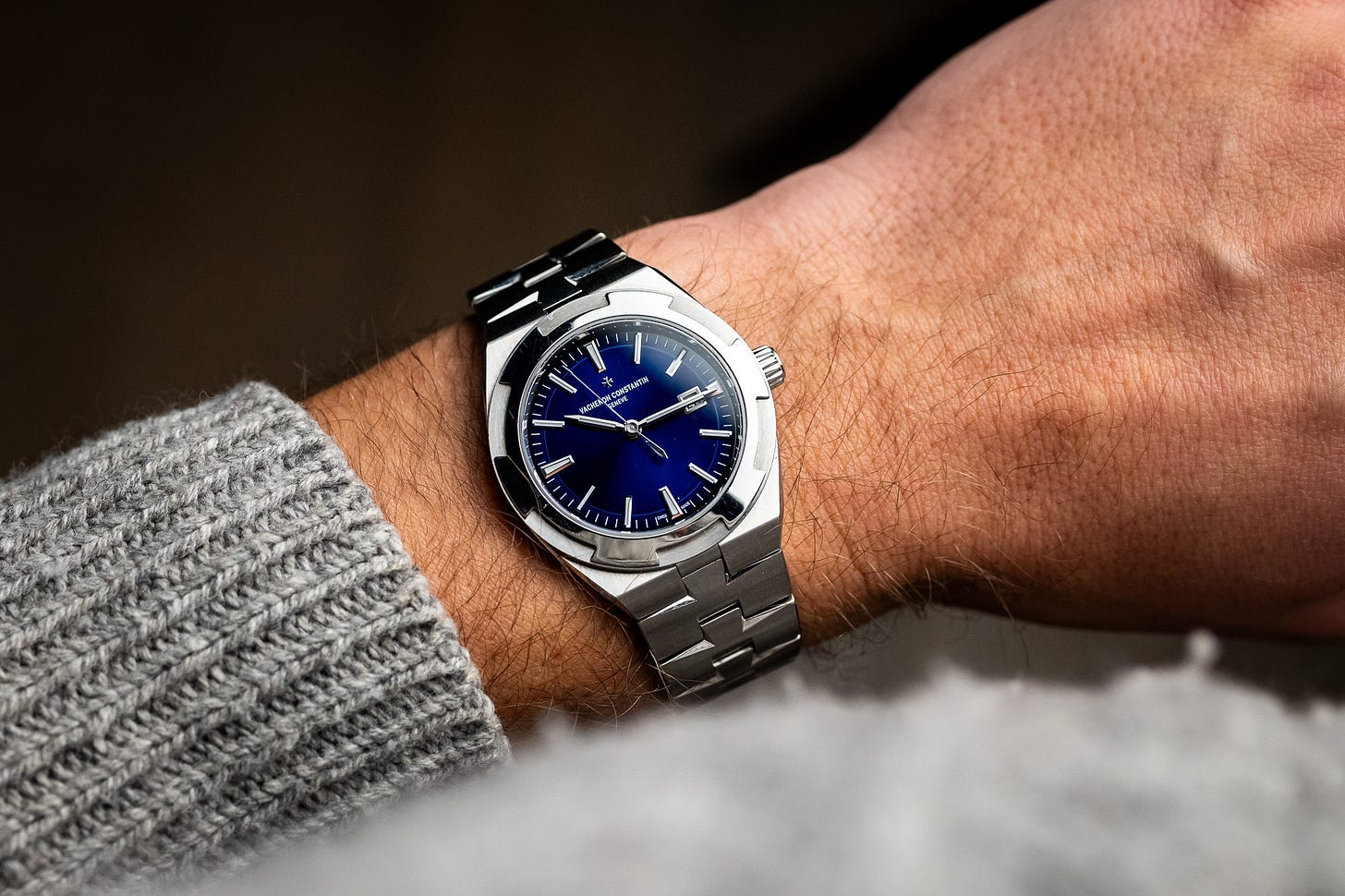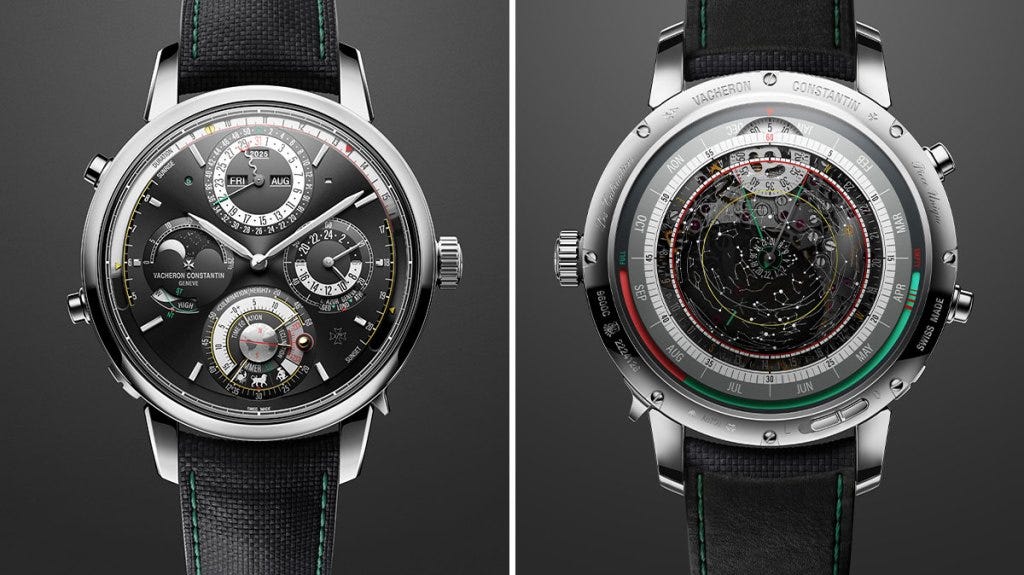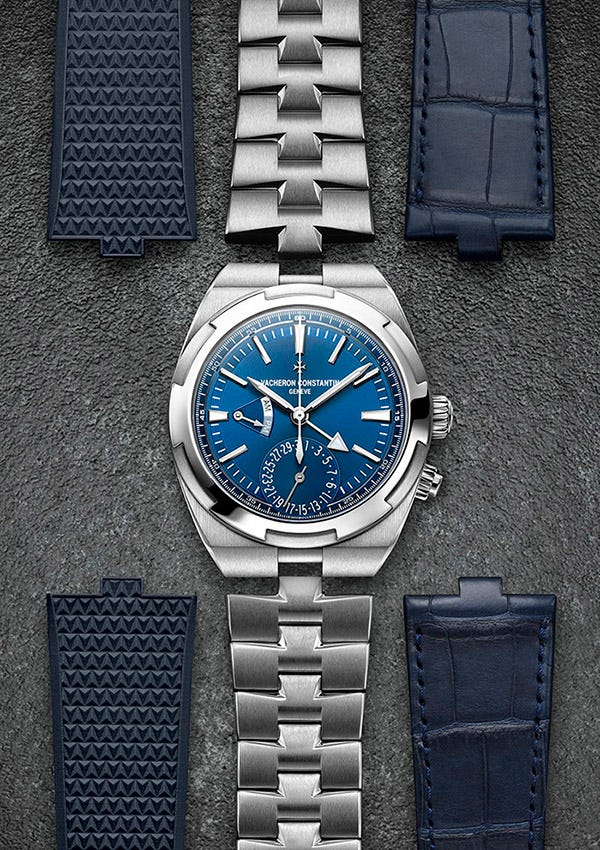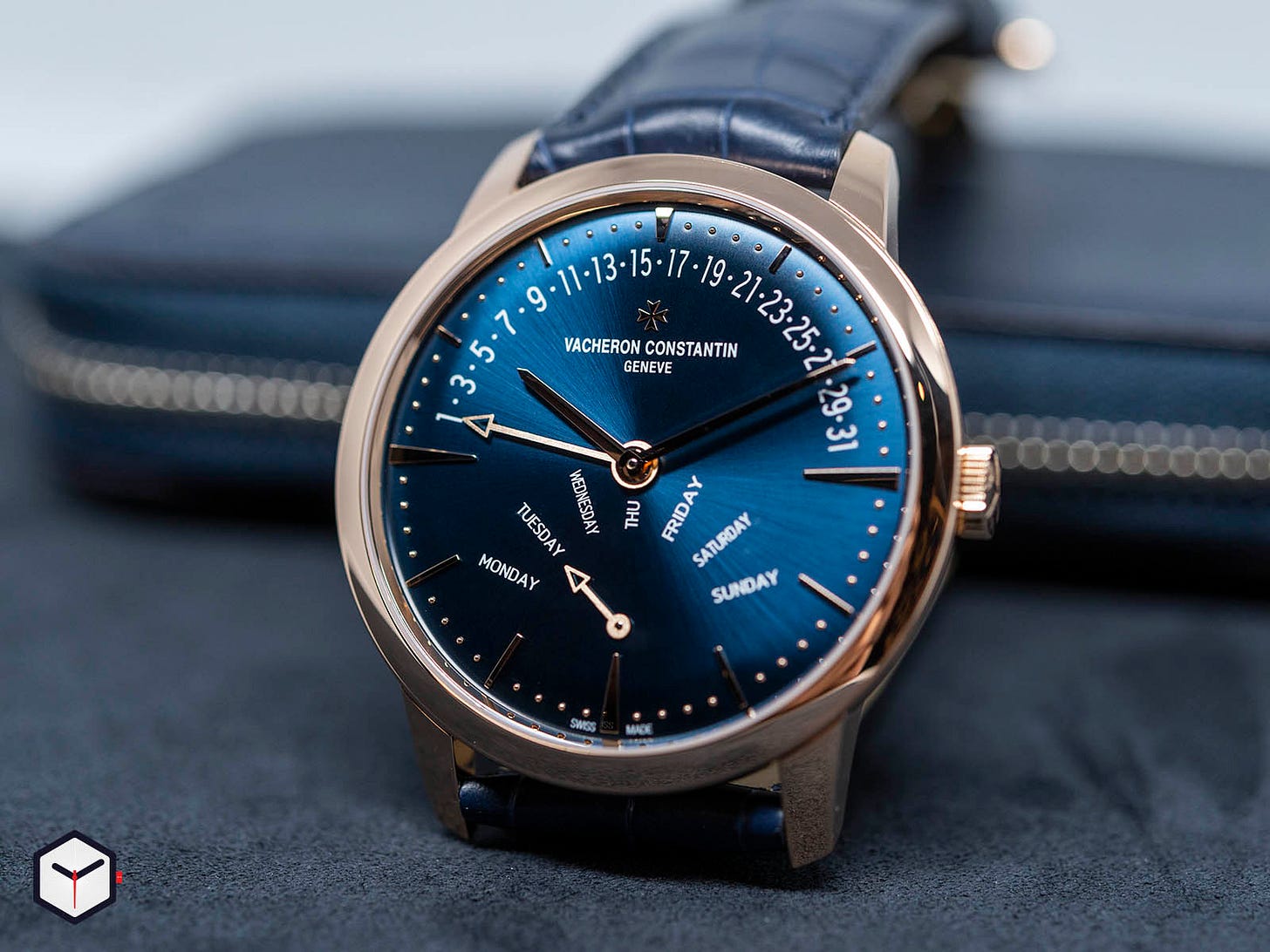The Watchmaker That’s Older Than America – Vacheron’s Legacy
A Legacy Forged in Time, Not Trends
"Do better if possible, and that is always possible."
— François Constantin, 1819
Most watch lovers know Rolex. The real nerds know Patek.
But Vacheron Constantin? That’s a different class entirely.
It’s not loud. It’s not trendy. It’s not on every rapper’s wrist.
It is, however, the oldest continuously operating watch manufacturer in the world — founded in Geneva in 1755.
And while the brand might not dominate headlines, what it lacks in hype it makes up for in one thing: legacy.
Let’s unpack it.
Foundations of a Legacy
In 1755, Jean-Marc Vacheron opened a small watchmaking workshop in Geneva. Just 24 years old, he was a young cabinotier — a highly skilled artisan known for intricate, hand-made timepieces.
His early creations were refined, elegant, and highly technical for their time. But it wasn’t until 1819 that the brand took a significant leap forward when businessman François Constantin joined.
Constantin brought not just salesmanship, but vision. His famous motto became the company’s guiding ethos:
"Do better if possible, and that is always possible."
Together, Vacheron & Constantin built a name across Europe, catering to royals, nobles, and merchants. Their watches were functional, beautiful, and above all – precise. Their approach wasn’t to shock the world with novelties. It was to perfect what already existed.
Throughout the 1800s and into the early 1900s, they pioneered important milestones:
One of the first known complications in 1790
Engine-turned dials before they were widespread
Introduction of interchangeable parts in 1839
Anti-magnetic watches by the 1880s
They were innovative, but never loud about it. Their clientele included the likes of Pope Pius XI, Napoleon Bonaparte’s brother, and Queen Elizabeth II. But Vacheron didn’t name-drop. It simply built.
In 1906, they opened a boutique on the Quai de l’Ile in Geneva. It still operates today.
Reinvention, Not Relevance
Like many Swiss brands, Vacheron suffered during the Quartz Crisis of the 1970s. Japanese quartz watches were cheap, precise, and wiped out dozens of mechanical competitors. Vacheron didn’t die, but it did slow down.
It was the Richemont Group acquisition in 1996 that gave the brand a second wind. Unlike other conglomerates that watered down luxury, Richemont let Vacheron do what it had always done: focus on craftsmanship, heritage, and quiet prestige.
And with that came a wave of modern releases:
The Overseas collection — their answer to the luxury sports watch, competing with the Nautilus and Royal Oak
The Patrimony and Traditionnelle lines — minimalist, ultra-refined dress watches
The Historiques line — reissues of vintage legends for modern collectors
But Vacheron wasn’t just reviving old models. It was still pushing boundaries.
In 2015, to mark its 260th anniversary, the brand unveiled the Reference 57260:
A bespoke pocket watch
2,800+ components
57 complications
8 years of development
It became the most complicated mechanical watch ever made. One piece. One buyer. And a big middle finger to anyone who doubted Vacheron’s relevance.
The Quiet Collector's Choice
Despite the pedigree and innovation, Vacheron isn’t front-page news. And maybe that’s the point.
The brand doesn’t partner with influencers. It doesn’t dominate auction headlines. You won’t see it on TikTok unless you’re deep in the algorithm.
But to the right collector, that’s exactly what makes it appealing.
If you want to show off, you buy a Rolex. If you want to look cultured, you buy a Patek.
But if you want to own something that’s actually historic, that only a few people in the room will recognize — you buy a Vacheron.
It’s a brand for people who care more about watchmaking than watch hype. And right now, that’s rare.
📡 Watch of the Week: Vacheron Constantin Patrimony Retrograde Day-Date (Ref. 4000U/000R-B516)
18K rose gold case, 42.5mm
Retrograde day and date display (hands jump back when they reach the end)
In-house automatic caliber 2460 R31R7/2
Cream-toned opaline dial
Priced around $55,000 / £45,000
This watch is Vacheron through and through. Elegant. Complex. Quietly flex-worthy. It doesn’t scream. It whispers.
A perfect representation of the brand: timeless, thoughtful, and just rare enough to matter.
Final Word
Vacheron Constantin doesn’t want to be famous. It wants to be respected. It isn’t the loudest. It isn’t the flashiest. But it’s still here, doing what it’s done for 269 years: building watches that outlast trends, headlines, and sometimes even empires.
In an industry obsessed with momentary hype, Vacheron Constantin is a brand built for the long game.
If you're not already subscribed, you're missing out on deeper dives like this every week — along with real watch history, strategy, and great deals.
Subscribe to Timepiece Digest and join 2,000+ collectors who actually care about horology.



